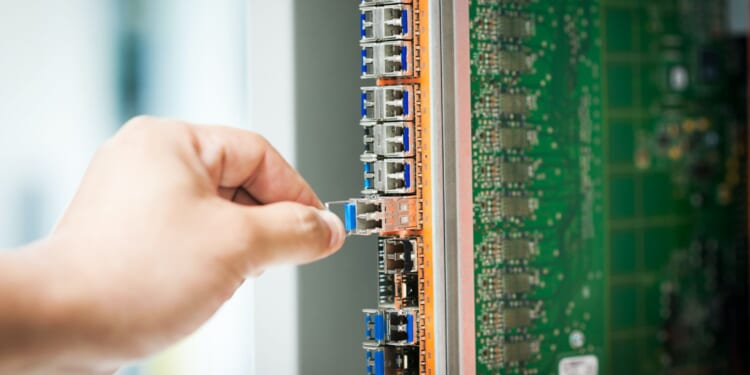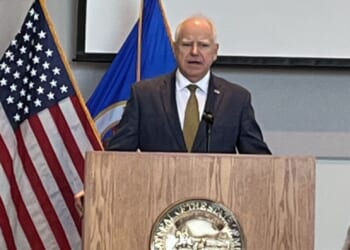In Minnesota, regulated monopolies like Xcel Energy have long enjoyed guaranteed service territories and state-approved returns on investment. A piece published by E&E News today outlines the real trouble for electric utilities about data centers: they threaten to disrupt utilities’ monopoly model of captive customers and guaranteed profits. It’s no surprise that data centers might “rattle” utilities accustomed to no competition.
From the E&E News article:
To placate concerns about the impact of AI demand on consumer electricity bills, Trump, speaking at the White House recently, said data center developers are “building their own electricity,” a situation sometimes referred to as power co-location.
“They’ve become a utility, in a sense,” Trump said. “We’re letting them build their own electricity so we don’t have to worry about the grid…”
Some utility experts view the White House grid plans as a financial threat.
“For some utilities, co-location presents some concerns to the business model,” said a lobbyist who represents companies that oppose emissions regulations and was granted anonymity to speak freely. “The challenge is that the utility sector is on a five- to seven-year buildout schedule for any significant amount of generation, and the AI sector is in an 18-month demand cycle.”
Letting data centers bring their own power poses a threat to the exclusive service territories granted to many electric utilities. In exchange for monopoly status, utilities are required to serve all customers reliably, can’t pick and choose whom to serve, and abide by the rates and returns set by public utility commissions.
Today, monopoly utilities have guaranteed profits and guaranteed customers, regardless of performance. They make money not by delivering reliable power at the lowest cost, but by spending capital, because regulators allow them to earn a return, typically between five and 10 percent, on top of recouping costs. That creates a perverse incentive to overbuild expensive projects and raise rates to cover them.
Minnesota ratepayers are living with the results. Xcel Energy is proposing a 13 percent increase in two years in its most recent request, and customers are already paying an interim rate increase of $192 million in 2025. Meanwhile, the North American Electric Reliability Council is warning that the Midcontinent Independent System Operator, of which Minnesota is a part, “is facing capacity shortfalls in the next five years,” which could cause blackouts and brownouts at times of peak demand.
Allowing data centers and other consumers to bring their own private generation entirely off-grid eliminates price impacts on other ratepayers and minimizes red tape. If data centers serve to disrupt the monopoly utility model, so much the better — it isn’t working for data centers, and it isn’t working for other ratepayers either.











